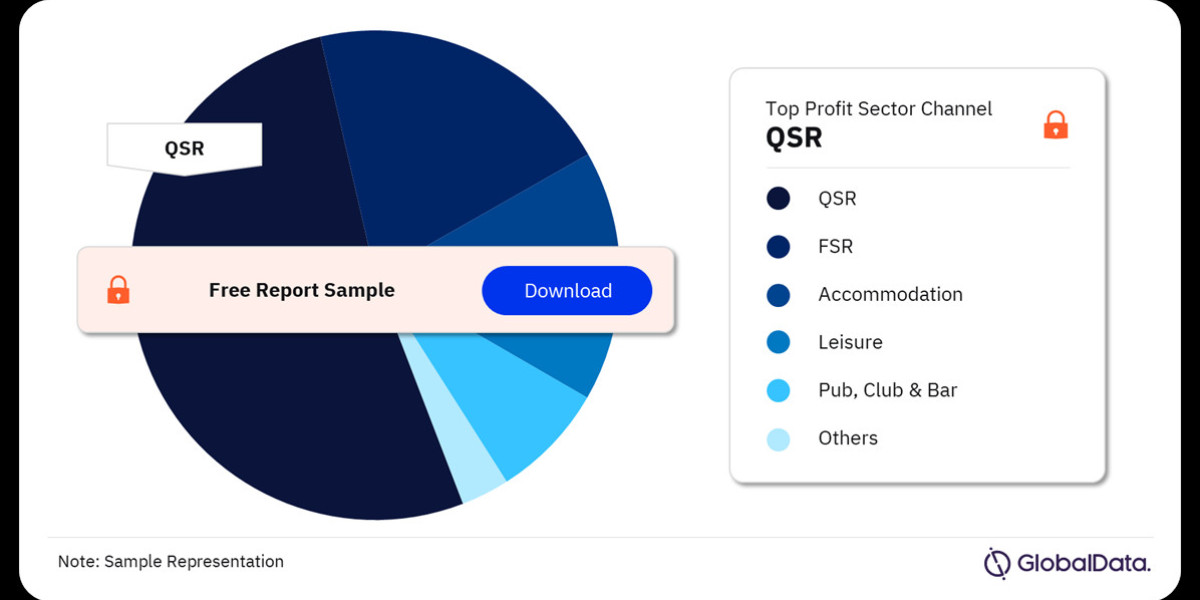Introduction
The US foodservice market is a dynamic and multifaceted industry, encompassing everything from casual dining to fine dining, quick service to catering, and institutional food to vending. This article delves into the key trends, challenges, and opportunities shaping this vibrant sector.
The US Foodservice Market: A Snapshot
The US foodservice market is a behemoth, accounting for a substantial portion of the nation's economy. It's characterized by:
- Diverse Segments: From fast-casual chains to independent restaurants, the market caters to a wide range of consumer preferences.
- Technological Advancements: Digital ordering, mobile payments, and delivery services are transforming the customer experience.
- Health and Wellness Focus: Consumers increasingly prioritize healthy and sustainable food options.
- Economic Influences: Economic conditions significantly impact consumer spending habits and restaurant profitability.
Key Trends Shaping the US Foodservice Market
The Rise of Off-Premise Dining:
- Delivery and takeout have surged in popularity, driven by convenience and changing consumer lifestyles.
- Restaurants are investing in technology and partnerships to enhance their off-premise capabilities.
- Ghost kitchens and virtual brands are emerging as new business models.
Health and Wellness as a Priority:
- Consumers are demanding healthier menu options, with a focus on fresh, whole foods and clean labels.
- Plant-based and vegetarian/vegan offerings are gaining traction.
- Food allergies and dietary restrictions are influencing menu development.
Experiential Dining:
- Restaurants are creating unique and immersive dining experiences to stand out from the competition.
- Focus on atmosphere, decor, and entertainment to attract customers.
- Technology is used to enhance the guest experience.
Technology-Driven Innovation:
- Digital ordering, mobile payments, and loyalty programs are becoming standard.
- Data analytics is used to optimize operations and personalize customer experiences.
- Automation and robotics are being explored to improve efficiency and reduce labor costs.
Labor Shortages and Wage Pressures:
- The industry faces challenges in recruiting and retaining employees.
- Rising wages are increasing labor costs.
- Technology and automation are seen as potential solutions.
Challenges Facing the US Foodservice Industry
- Economic Uncertainty: Fluctuating consumer spending can impact restaurant revenue.
- Supply Chain Disruptions: Challenges in sourcing ingredients and supplies can affect operations.
- Rising Food Costs: Inflationary pressures on food prices erode profit margins.
- Intense Competition: The market is highly competitive, with new concepts and players emerging constantly.
- Regulatory Compliance: Adhering to food safety, labor, and environmental regulations can be complex.
Opportunities for Growth
- Expansion into New Markets: Targeting underserved demographics or geographic areas can drive growth.
- Customization and Personalization: Offering tailored dining experiences can increase customer loyalty.
- Sustainability and Corporate Social Responsibility: Demonstrating commitment to environmental and social issues can attract conscious consumers.
- Data-Driven Decision Making: Leveraging data analytics to optimize operations and marketing efforts.
- Partnerships and Collaborations: Collaborating with other businesses can create new opportunities.
Conclusion
The US foodservice market is undergoing a period of rapid transformation. To thrive in this dynamic environment, restaurants and foodservice operators must stay attuned to consumer trends, embrace technology, and prioritize innovation. By addressing challenges and capitalizing on opportunities, businesses can achieve long-term success in this competitive industry.
Buy the Full Report for More Channel Insights into the US Foodservice Market, Download A Free Sample Report


